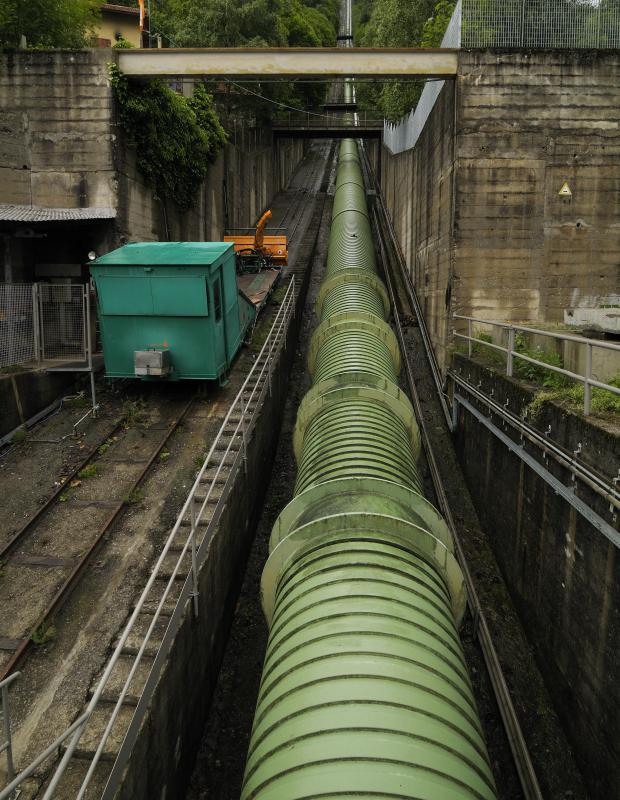At WiseGEEK, we're committed to delivering accurate, trustworthy information. Our expert-authored content is rigorously fact-checked and sourced from credible authorities. Discover how we uphold the highest standards in providing you with reliable knowledge.
What is Sullage?
Sullage is a term used to describe wastewater that arises as a byproduct of daily human activities such as showering, washing dishes, and doing the laundry. It's also commonly referred to as gray water. Much of this gray water can be recycled and reintroduced into the environment instead of just being disposed of. Environmental experts have claimed that reusing gray water will have a great beneficial impact on fresh water supply over time.
Wastewater is an umbrella term used to describe all liquid wastes, treated and untreated. The term can be further broken down into the two categories of sullage, better known as gray water, and effluent, better known as black water. Sullage, or gray water, is a mixture of water, soap, detergent, bleach, dirt, and other compounds discarded after use. Effluent, or black water, is a mixture of water and sewage undergoing a treatment process. In other words, sullage is any leftover water from use in the home except for the toilet.

It's estimated that up to 80 percent of all household wastewater is sullage. Many see this as a waste of water that could potentially be reused. Ecological experts claim reusing wastewater is not only better for the environment, but will also be vital in solving the planet's predicted water shortages. By reusing it, the population can lower the consumption of fresh water, replace vital nutrients in the soil, promote plant growth, and lower the amount of chemicals used in treatment plants.

Many individuals are concerned with the safety of reusing sullage, but in the U.S. alone, millions of gray water systems have been used without reports of illness. In fact, many experts claim that sullage reintroduced into the natural environment is cleaner than any water treated through chemical plants. This is because the ground's topsoil naturally cleans and purifies the water much better than any man-made invention. The nutrients left behind from the gray water stay in the topsoil and provide nourishment for plant matter.

It's important to note that sullage is only able to be safely recycled within 24 hours. After that, bacteria in the water will grow and become a health hazard. It's also important to make sure that biodegradable soaps and detergents are used by those planning to reuse water. Introducing chemicals into the environment can pose an ecological hazard. For safety, a gray water system should be set up properly and be working correctly before water is reused.
AS FEATURED ON:
AS FEATURED ON:















Discussion Comments
I would love to recycle my sullage, but I live in a poor county with no option for this. All I can do is let it drain into my yard and hope that my dogs don’t get sick from drinking it.
I hope we eventually see the day when water recycling is available everywhere in our nation. It seems like such a waste to let it lie there, polluting the ground, when it could be converted into valuable drinking water.
My friends say they would never drink recycled sullage, but I have faith in the purification system’s ability to remove all harmful elements. I think that if they tasted it, they wouldn’t know the difference.
Old sullage can be quite disgusting. I understand why it’s only safe after 24 hours. It starts to stink when it sits in one place for a long time.
My sink recently became clogged. Lots of hair had accumulated in the pipe under the sink, and water would no longer drain.
My husband put a small trash can under the pipe and unscrewed it. What came out smelled exactly like a dead mouse. It was a deep gray, wet, furry mess made of hair, toothpaste, and spit. It had been in there a long time. I cannot imagine ever reusing that!
Post your comments